|
with Leigh Ann Yoder It's All a Game!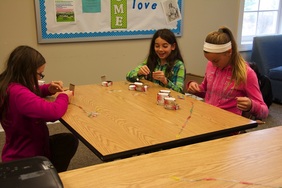 Great Game Show Day! We had a fun time testing our knowledge this week. I was very pleased to find that all of the students studied the material and were quite proficient on the first half of the material. Terrific job! We spent our remaining time on an activity which correctly illustrated the distance between planets and the sun. We used regular paper clips, each representing 10,000,000 miles, and larger colored clips to represent our sun and planets. Our activity turned out to be challenging and not all students had a chance to complete the task. For those that would like to finish they can reference page 98 of the notebook, or look at the chart below. As a challenge, students can try to determine how to add Pluto to our model. PLANET # CLIPS FROM SUN Mercury 4 Venus 7 Earth 10 Mars 15 Jupiter 52 Saturn 96 Uranus 192 Neptune 300 With a short holiday week, I suggested to the students that they don't delay on their homework this week. Just for fun: WHAT KIND OF SONGS DO PLANETS SING? Neptunes HOW DO YOU GET AN ASTRONAUT'S BABY TO SLEEP? You rocket! WHERE DO ASTRONAUTS HANG OUT AFTER WORK? The Spacebar I WENT TO THIS AWFUL RESTAURANT ON THE MOON. IT HAD NO ATMOSPHERE! HomeworkMANDATORY:
ECA Chapter 10 Lending Library Bring Safety Glasses Next Week OPTIONAL: JK Chapter 5 NB pg 111, 112, 113, 116, 118 with Kim Rodgers More HaikusToday students shared haiku poems that they had finished writing last week. A couple of examples are below: Australia and New Zealand After we shared our notebooking and map work we jumped into our topic of the day: Australia and New Zealand. We learned that nomads, referred to as aborigines due to the Latin words ab origine which means “from the beginning”, inhabited the continent. A day in the life of a typical aboriginal boy probably included a lot of hunting and gathering, as it was so much work just to survive day to day. During the Middle Ages the Maori came to the islands of New Zealand. It’s speculated that the Maori sailed to New Zealand from out in the Pacific Ocean, possibly the Polynesian Islands. The people here were great explorers and made canoes from all sorts of items found on the islands. It’s possible that they took an extra long trip to make their way to New Zealand, where they named their new home Aotearoa, “Land of the Long White Cloud”. What Comes Around Does Not Always Go Around! 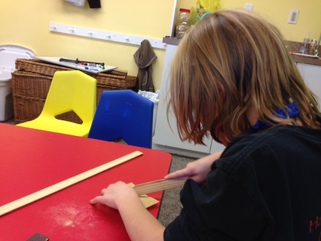 In honor of all the hunting the aborigines must have done, we made boomerangs. We learned that a boomerang strikes an object with more force than a stone or stick. Most of the boomerangs we’re familiar with are supposed to return to the thrower, but the ones the aborigines used were shaped like a cross and non-returning. We took two rectangular sticks and used sandpaper to smooth the edges. We formed them in the shape of a cross, similar to the American Red Cross, and secured them with rubber bands. Before trying out our boomerangs we needed to get in the mood. So, the students painted their faces in likeness of a Maori warrior. Outside we tested the launching capabilities of our boomerangs. The wind was whipping up a bit, so it really took our boomerangs for a ride. One even ended up on the roof of the church! Our fierce warriors can take some time to practice with their boomerangs this week. Just make sure they aren’t near anything that is breakable! Hope everyone had a wonderful Thanksgiving and I’ll see you on Monday! with Michelle Cameron Plotfoolery!This post is a little bit bittersweet – being my last class with your great kids! To start off with, we took a group shot of our completed Word Art posters. Based on the request to read these stories once again at the end of class, I think the kids are very proud of their word bank stories! I was also interested in hearing the haikus they wrote for the afternoon class. Clearly they are wonderful poets! Then we turned to playing Plotfoolery. Thank goodness for my extra scribes – Kim and I would never have managed on our own! The board game consists of situations that are whacky, impossible, improbable and sometimes even grotesque. (This is what the life of a writer is like – the ability to imagine just about anything!) Some examples:
As the kids landed on the different situations, the room was filled with groans, laughs, and great excitement. We scribes could barely keep up with the flow of imagination! At the end of class, we read our crazy tales, applauding for each one.
If the kids found one part of the story most intriguing, have them expand on that for next week. Happy Thanksgiving to all and thanks again for sharing your terrific kids with me. I truly enjoyed working with them! with Angela Harris Analysis Chapters 1-3 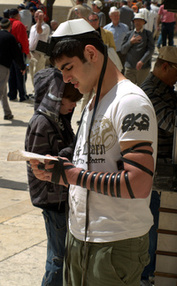 Man using a tefillin Man using a tefillin After an open notebook quiz on our new novel's background and author (Chaim Potok) we discussed chapters 1-3. Please make sure to add the following words to your Vocabulary Glossary (and define): kippah kosher tefillin Don't forget to read the introduction in the Glencoe Guide for each set of chapters. I aways put the exact page number of the Glencoe Guide that you need to read on the syllabus. The syllabus has been up-dated to reflect our new schedule due to the missed class. You can find it on the Community Page of Gathering Ink. Essays for Session I 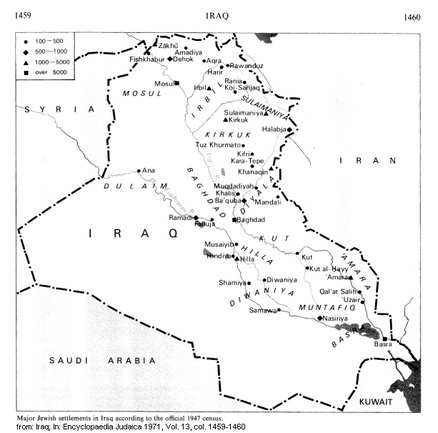 Since we spent some time last class understanding the Torah, we read through a handout on the Talmud (what it contains and its history). The Talmud plays a significant role in "The Chosen" so we want to have at least a basic understanding of what it is and its history. We also viewed two maps, one of ancient Babylon and one of modern day Iraq. Last week we "mapped" New York City's five Boroughs and the Borough of Brooklyn. I'll introduce a new map each week based on our reading. The Talmud and Maps Exploratory essay writing is much more challenging than personal response essays, but I have faith in our students. I will be providing feedback on their individual essays by next week. The following excerpt from one of our handouts is an excellent reminder of what's involved in writing open essays (we're writing a combination of exploratory and investigative). Refer to these descriptions whenever you're feeling confused! Remember: any questions...just ask! The Open Form Essay >>>>>>>> Tells a story instead of solving a problem. These essays are descriptive and the structure is loose and less predictable. (ex. Letters from the Editor in magazines)
Investigative Essay Writing >>>>>>>> Part open and part closed, but leans toward open form
Adapted from “Help for High School” from Brave Writer by Julie Bogart Reminder: Homework The syllabus is up-dated, but if you need a reminder, homework due by our next class on 12/3 is:
with Leigh Ann Yoder Play-Doh PlanetsWe have been lied to! That is how Ranger Bob opened this week's class. Every photo, computer and TV image, poster, text book, drawing, etc., has misrepresented our solar system both in size and distance. He showed how it is impossible to accurately represent the correct proportions of planets in one image. For example, if we were to try to represent just the size of the planets on a computer screen, Pluto would be smaller than one pixel! Within our classroom, or even on the school grounds, it would be impossible to produce an accurate solar system model. However, we are able to represent either size or distance separately. This past week the students worked on representing the relative sizes of the planets, including Pluto, using Play-Doh. Each team began with a three pound, huge ball of clay. Each and every crumb was important to the activity, and students had to be mindful not to drop or loose a single one! In order to complete the activity each group had to work together to cut, assess accuracy, and evenly distribute and group the clay. The proportions had to be accurate and required repeated, meticulous measuring and cutting. By the last step, the students were cutting 10 equal pieces from a strand of clay no wider than a hair! You will notice in the final photos Pluto is barely visible. Here is the orbital scale proportionate to a 4.8" Jupiter (my best estimate for today's model) and a 47" Sun. Saturn's orbit at 4015 ft is under a mile and Pluto's at 16,638 ft. is 3.15 miles! Attack of the Letter "P"!Ranger Bob ended the lesson with a picture-rich presentation called: "Plutoids, Dwarf Planets, and other Trans-Neptunian Objects, Oh, My!" He reviewed the history of dwarf planet discovery, the exclusion of Pluto from the panoply of planets and the plethora of objects beyond the planets and their moons that populate our solar system. If there is time next week after our Game Show, we will continue our exploration of proportion. This time we will focus on distance. HomeworkMandatory:
ECA Chapter 9 STUDY - Game Show Day is this coming Monday! ***Please bring Library Books***** Optional: JK Chapter 4 NB pg 99,100,101,106,109 with Jayne Besjak Verdict Reached in Jack Jones Trial!
On to the Next Case...
Students spent class time this week (11/17) preparing for trial. Prosecution and Defense Attorneys are busy developing arguments, writing opening statements and preparing direct examination questions for their witnesses. Witnesses have been provided written affidavits for this trial so they can concentrate on studying their roles and really getting into character. Students will use the first half of our next class to continue preparations, and hopefully we will be able to begin the trial during the second half of class. HomeworkProsecution and Defense Attorneys: Work together in your teams this week if possible to finalize Opening Statements, Direct Examination questions, and Closing Statements (at least get a draft done). Remember to send me your statements so that I may review them and provide feedback before our next class.
Witnesses: Study your affidavits! Make sure you know what questions the attorney will be asking you and what your answers will be. Get into character! Jury Members: Re-read the Letter from the Judge I provided to understand your responsibilities. Read the definitions of the three charges brought in this case. If there are any questions, please contact me. Good Luck and Have Fun! with Kim Rodgers China, Korea & Japan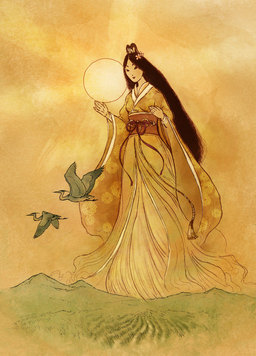 Today we began by sharing our work from the week. We realized that we were pressed for time in our last class, so we had skipped talking about our reading and headed right into our Chinese character stamps. We all agreed that discussing the reading really helps the information sink in! It was more difficult to do the notebooking page last week for a lot of them because of this. So today we made sure to make time for that! Today we read about Korea and Japan and their relationship to China. We learned that the Yamato Dynasty of Japan is the oldest dynasty in the world. The first emperor ruled almost two thousand years ago and there is still a Yamato emperor on the throne today! The Yamato clan conquered the other Japanese clans until they were all under their rule. They claimed they were descendants of Amaterasu, the Sun Goddess, to show they had special power to rule, but they wanted to make sure they would be good rulers, so they borrowed ideas from China.  In the meantime Korea was having problems with China invading its territory and ruling over part of it. The Korean people didn’t like it, and fought back. The Chinese retreated slowly and only controlled the northern piece of Korea. The rest of Korea was split into 3 parts, which they ruled themselves. Because of the Chinese influence the Koreans had learned Chinese ways, just like Japan. Eventually Korea and Japan formed a relationship where Korea shared more Chinese ways with them. Soon both countries were reading and writing in Chinese, practicing Buddhism, and running their countries as China did. Japanese noblemen even sent their sons to study in China! At that time China tried again to invade Korea. They wiped out the Paekche kingdom, but after six years Korea drove the Chinese soldiers out once again. Japan saw what happened to Korea and did not want that to happen to them! They eventually pulled themselves away from China and began to create their own ways of writing, painting, and dressing in order to have their own Japanese ways. HaikusAfter we discussed the reading we talked about haiku poems and read a few examples. Haikus are short simple poems of three lines each, focusing on some aspect of nature. The first line should have 5 syllables, the second 7, and the last 5, again. After brainstorming words that reminded us of winter (such as snow, snowflake, reindeer, icicle, etc.) we chose one word to brainstorm even further...reindeer. We came up with words such as fly, fast, Santa, swift, sleek, and antlers. Together we suggested lines, amending them to fit with the recipe for a haiku. Here’s what we came up with: Swiftly through the air Enthusiastically the students chose a season to work on with a friend or on their own. Some finished them, but most need to finish up at home. I gave them a paper with lines on it in order to write their final copy and draw a picture to go with it. We will have a poetry reading at the beginning of class next week, so please have your child bring their poem. If you or your child have any questions please let me know!
Here are a couple of the poems written today: with Michelle Cameron Word ArtAs you know, we’ve been collecting words throughout the session. The kids have really enjoyed doing this – in fact, they have reminded me a couple of times on their way out the door! Today we used those words to create a story and then turned that story into a form of “word art.” It was a great rainy day activity. Choosing anywhere from 6 to 17 words, the kids had to figure out how the random words they selected would fit into their story. There were groans when some of the words were picked. “How am I going to make THAT word work?” was heard. Their solutions were ingenious – including using some of the more difficult choices as names. After listening to their stories, which were all fairly nonsensical, we then began re-writing the stories on large pads of paper. We pasted the words onto the paper at the appropriate point – and created some interesting shapes based on the word’s meaning – a banana-shaped banana, a salt-shaker for salty, and so on. We ran out of time, so I’ve asked everyone who didn’t finish this project to do so at home this week and bring back their word art so we can take a final photo with everyone showing their creations.
Next week is my last week with the class. We’ll be playing a board game created by The Writers Circle, and I appreciate the willingness of a few extra scribes for this game. I’m curious to see how these kids respond to the wackiness of Plotfoolery. (If you have older kids in the program, ask them to preview the game for their younger siblings!) with Kim Rodgers Great Dynasties of ChinaMonday was a busy day! We finished up our game from the previous week before going over our notebooking and maps. We jumped into the Great Dynasties of China where we learned about the separation of the north and the south. The people on the opposite ends of the kingdom had animosity towards one another until Emperor Yang Chien took over the kingdom and united the two, creating the Sui Dynasty. The Yellow and Yangtze Rivers had cut the kingdom in two because they were very difficult to cross. In order to encourage relationship through trade and accessibility the emperors built the Grand Canal. Unfortunately, it was a heavy load for the Chinese people. They were forced to pay taxes 10 years in advance and every man between the ages of 15-50 had to dig the canal by hand. In addition, each family had to volunteer a woman, a child, and an elderly man. Needless to say it took its toll on the people. So much so that Emperor Yangdi was eventually killed. When the next emperor took over, he began the Golden Age of China under the Tang Dynasty. Education flourished, art and music were explored, printing was discovered, and eccentricities became the norm. Some women even wore skirts made from the feathers of 100 birds! After looking through a book about Chinese characters we took squares of cardboard and made stamps using string. Each student chose a character and drew it on the cardboard. They cut string into small pieces and covered them with white glue, forming them over the image they had drawn. We didn’t have time to finish these in class, so please have them finish at home and bring in. We will be using them in class on Monday. They are welcome to make more than one if they would like to. Next Week: Japan & KoreaNext week we’ll study Japan and Korea and their relationship with China. We’ll practice writing haikus and try our hand at origami. See you Monday!
with Leigh Ann Yoder Lunar Module Design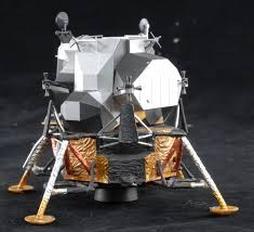 This week in class students were challenged to design and build a model of a lunar landing module. Just as real manned spacecraft must be designed to land softly on the surface of the moon or earth, students were required to create a "spacecraft" that could be dropped to the floor without harming the "astronauts" inside. Students could choose to work individually or in pairs and each design needed to incorporate the following components: A cup (for the cockpit), secured to A cardboard square (for the platform), and 2 mini marshmallows (representing the astronauts) Additional supplies included index cards, tape, rubber bands, drinking straws, cotton balls, and scissors. Students were instructed to use these materials in any way they could imagine to design a spacecraft that would absorb the shock of impact and make a soft landing. The only design restriction was that astronauts (mini marshmallows) were not allowed to be constrained inside the module - they needed to be allowed to fall out if the module tipped over or landed too hard on the surface. Students had a great time designing their modules! No two designs were the same and the variety of mechanisms they developed for air resistance and shock absorption were very impressive. I hope those that took their designs home had a chance to explain them to you and test them again at your house! Lunar Landings!We tested the modules first in the classroom beginning at a height of 2 feet. The excitement built as each and every module made a successful landing from 3 feet, 4 feet, 5 feet,... all the way up to ceiling height (8 ft)! At that point, one student had the brilliant suggestion of launching the modules from the classroom's second story window to see if they could successfully land, without ejecting the astronauts, on the ground below. Guess what? They did! I think we may have some future NASA engineers on our hands! HomeworkRequired:
ECA Chapter 8 Moon Log Continue Studying for the Game Show Optional: JK Chap 3 NB pg 87, 88, 89, 90, 94, 97 |
Categories
All
Archives
May 2016
|

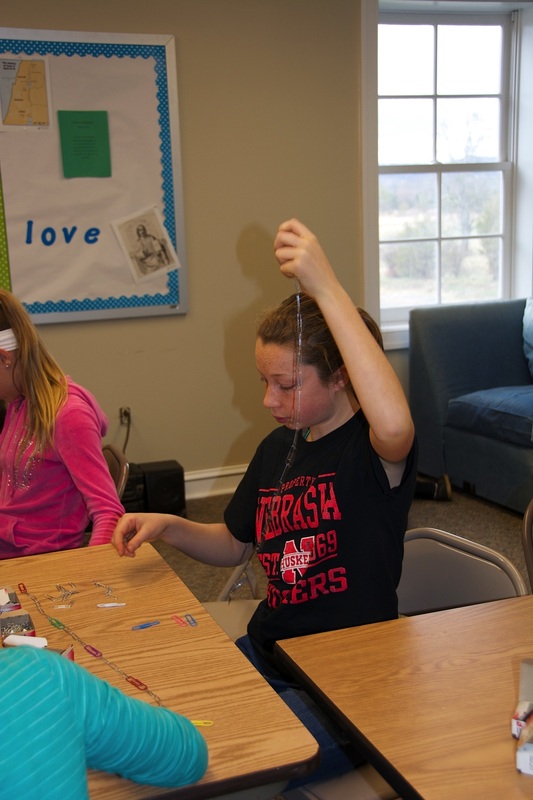
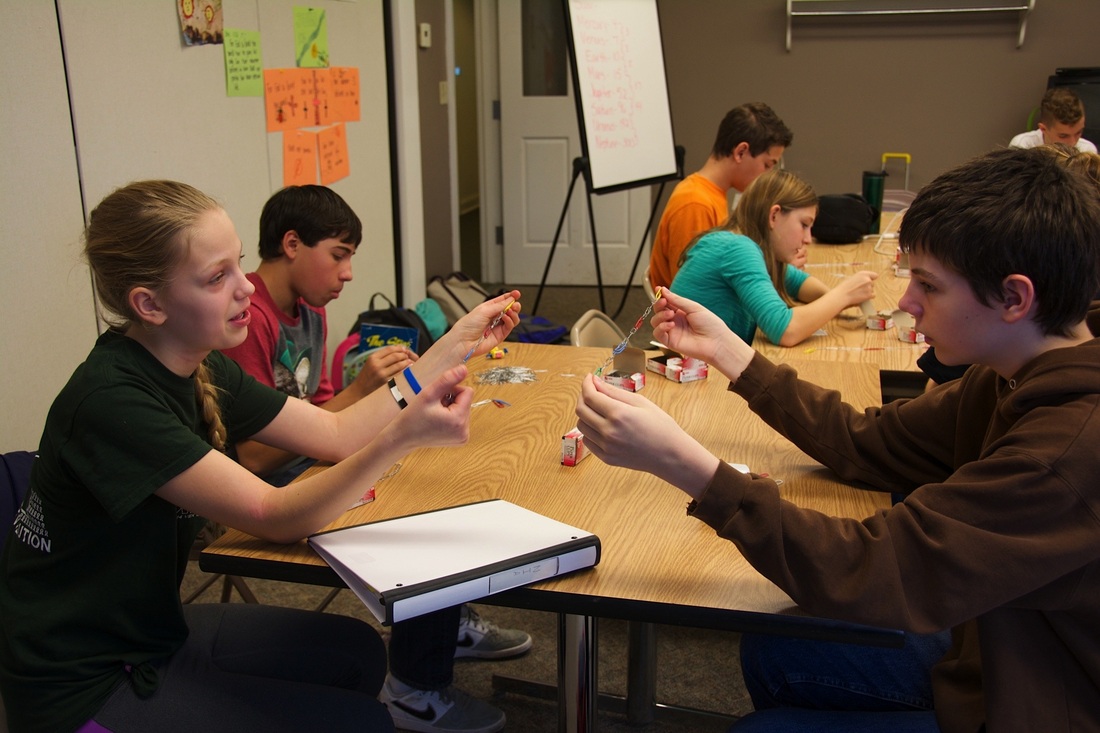
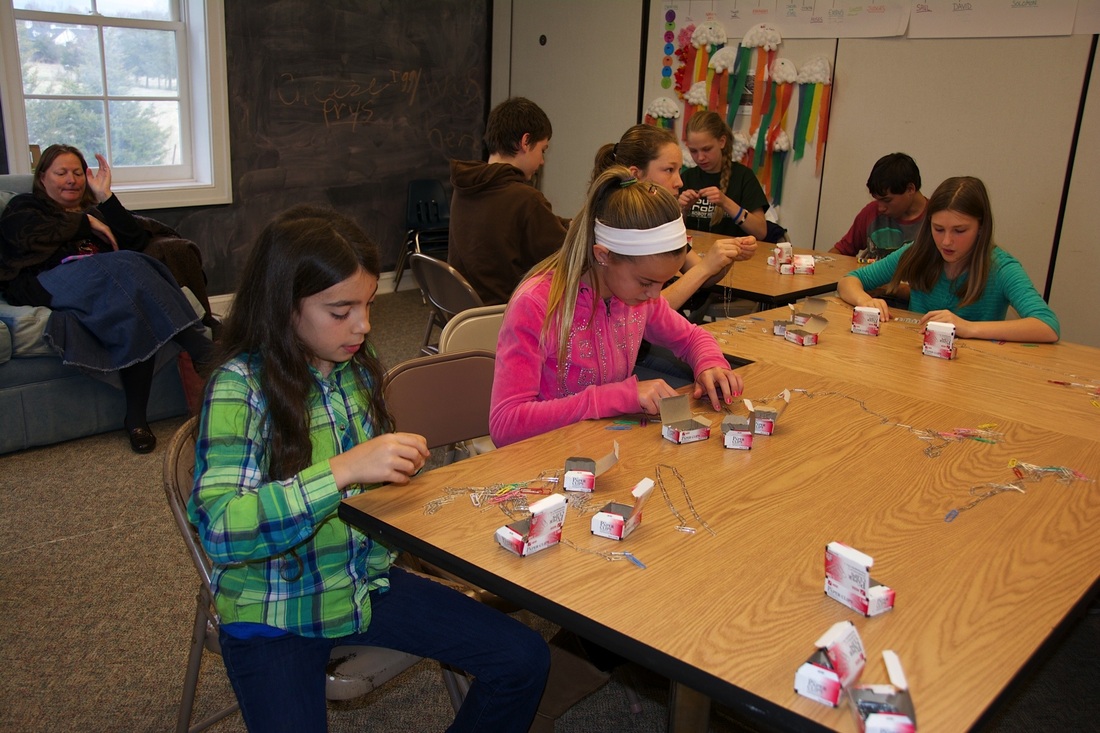
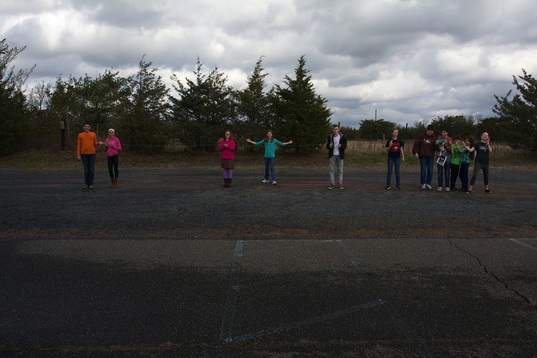

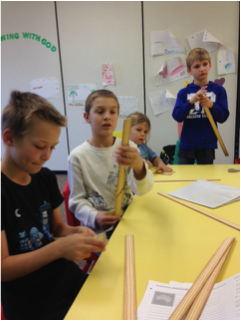
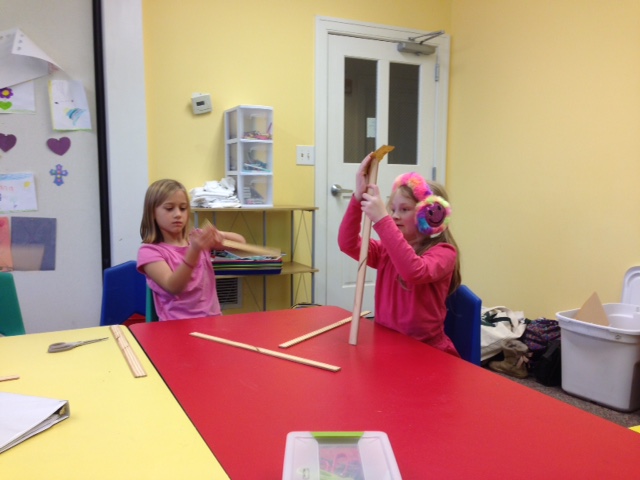
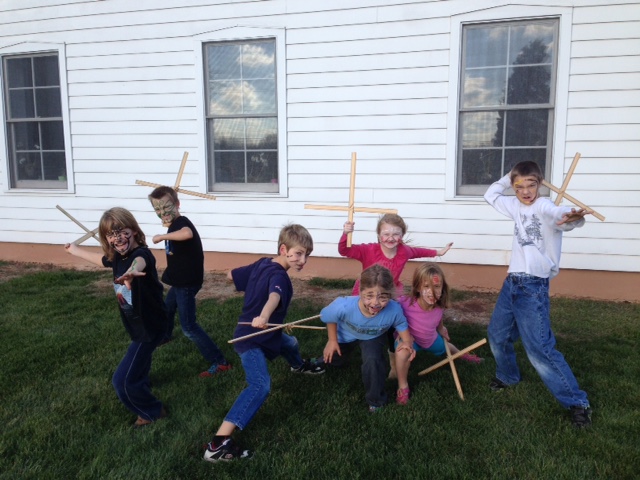
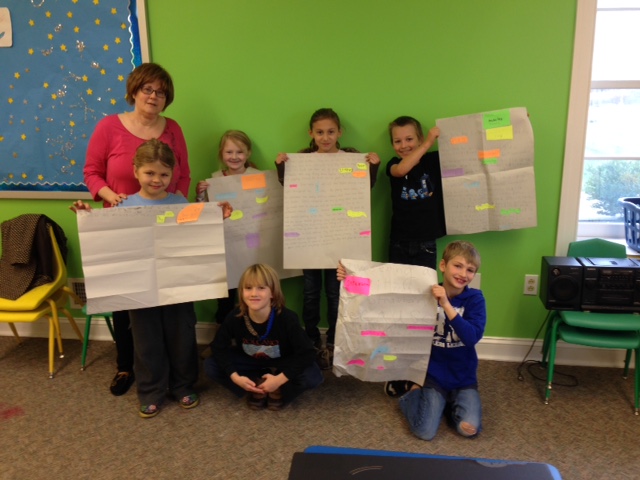
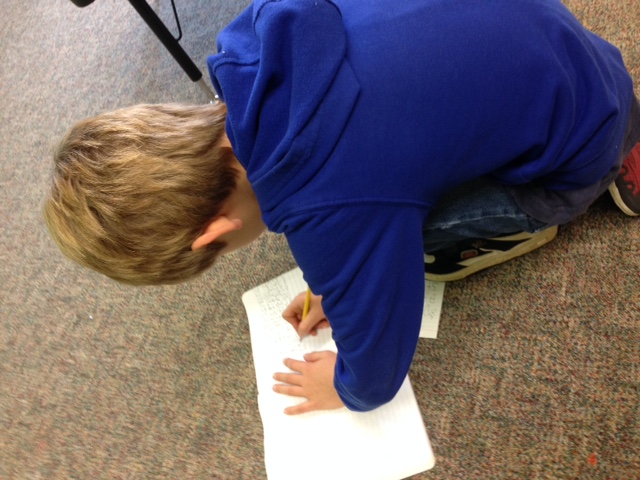
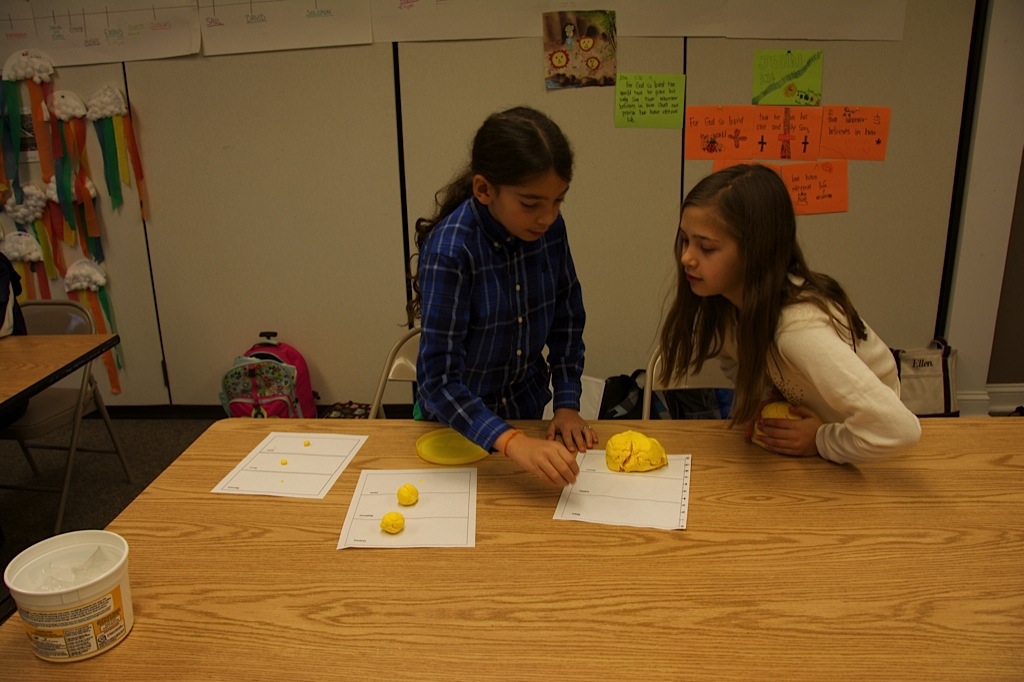
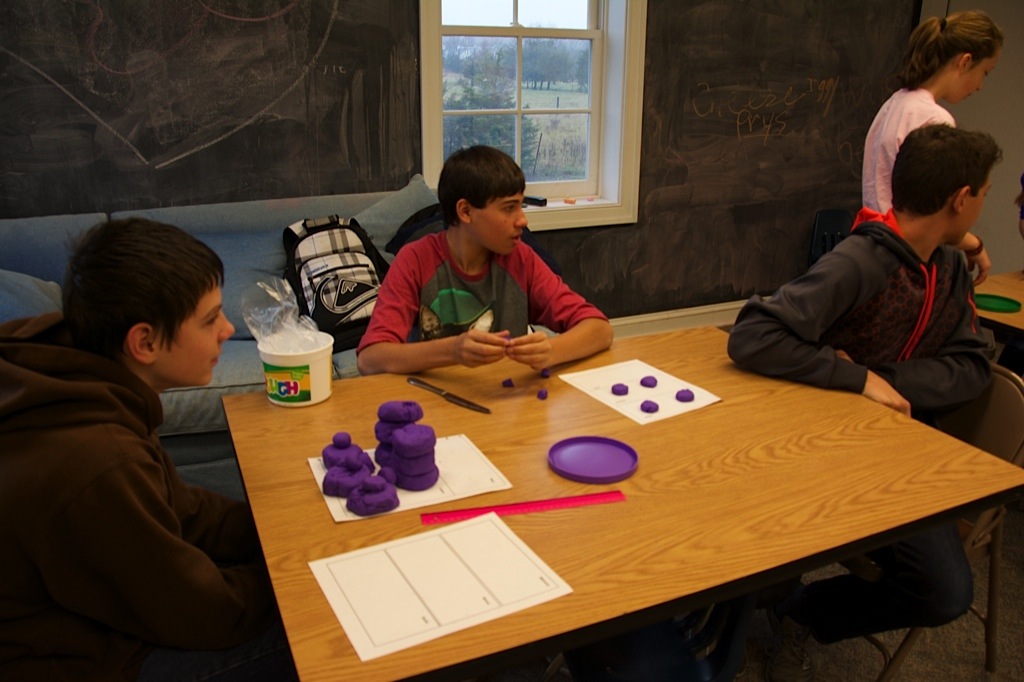
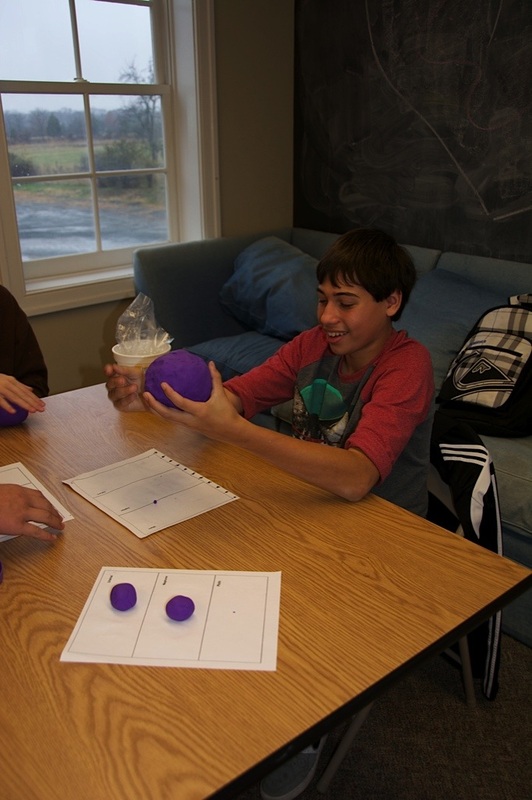
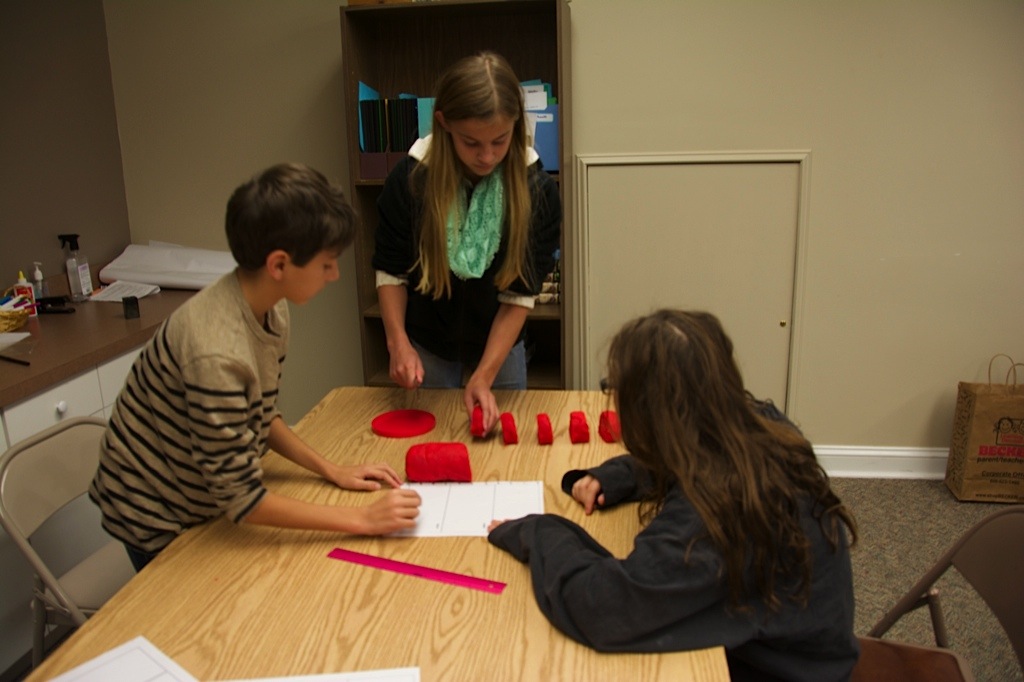
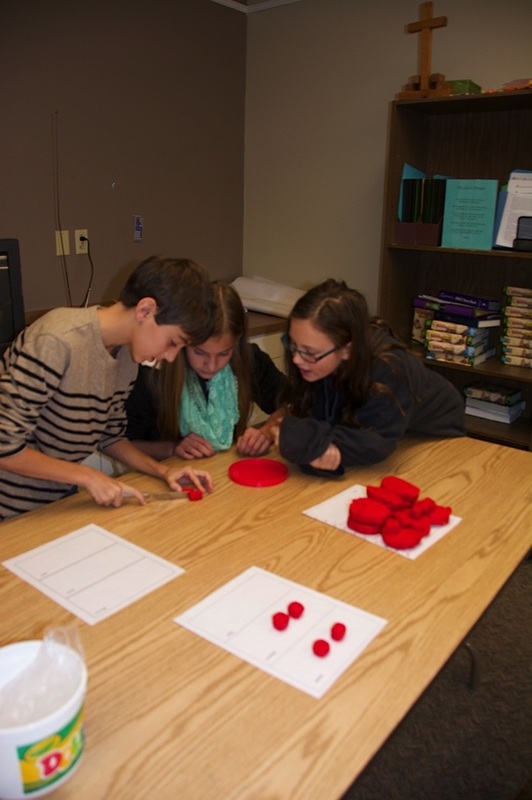
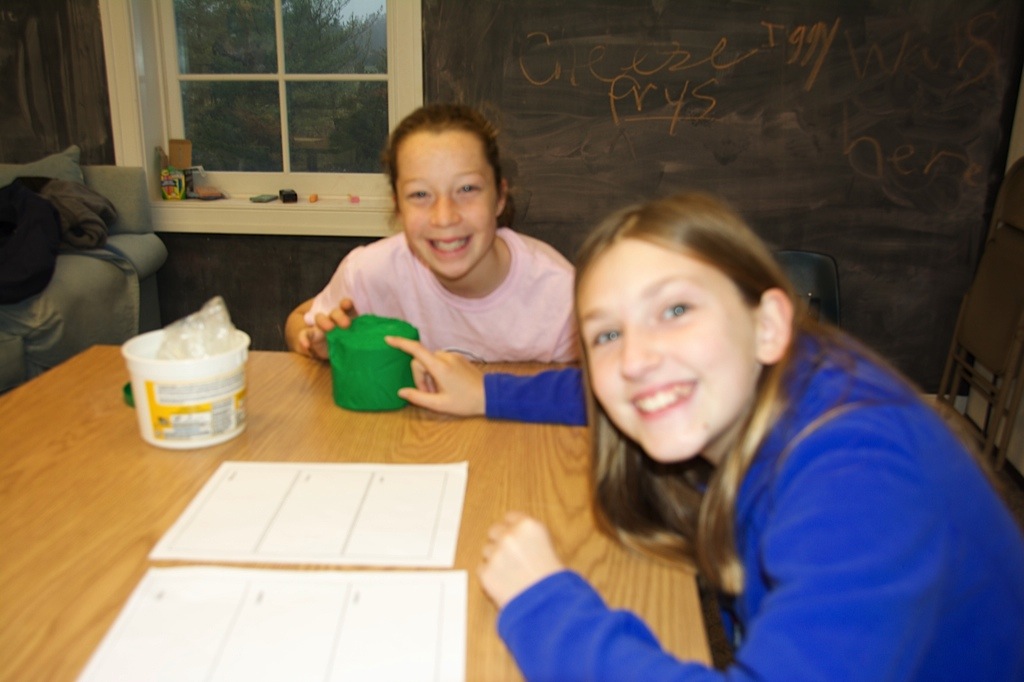
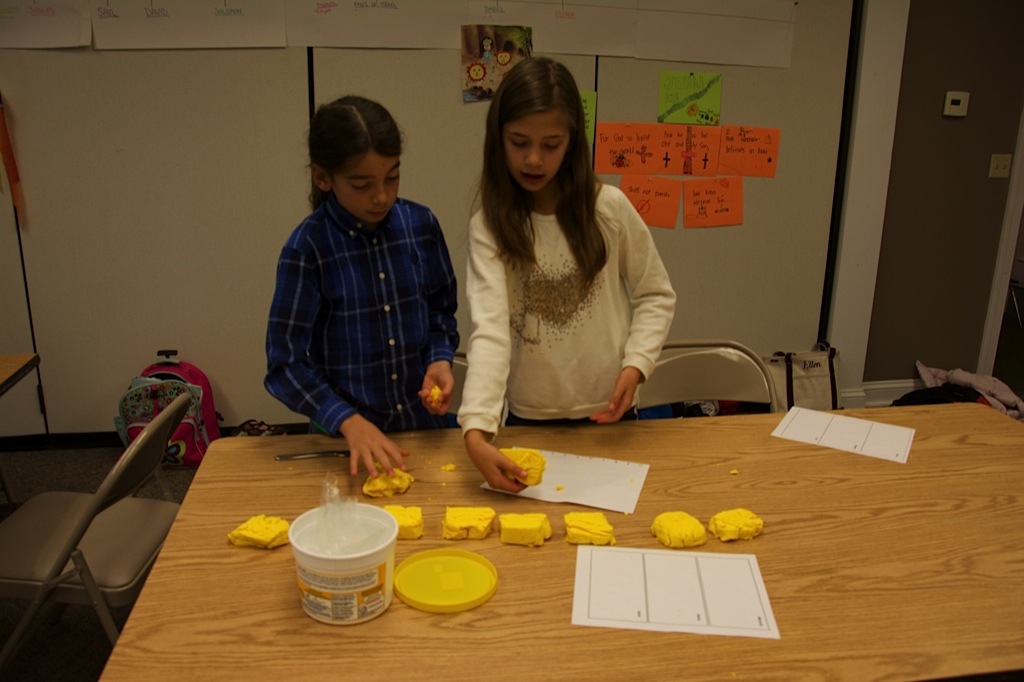
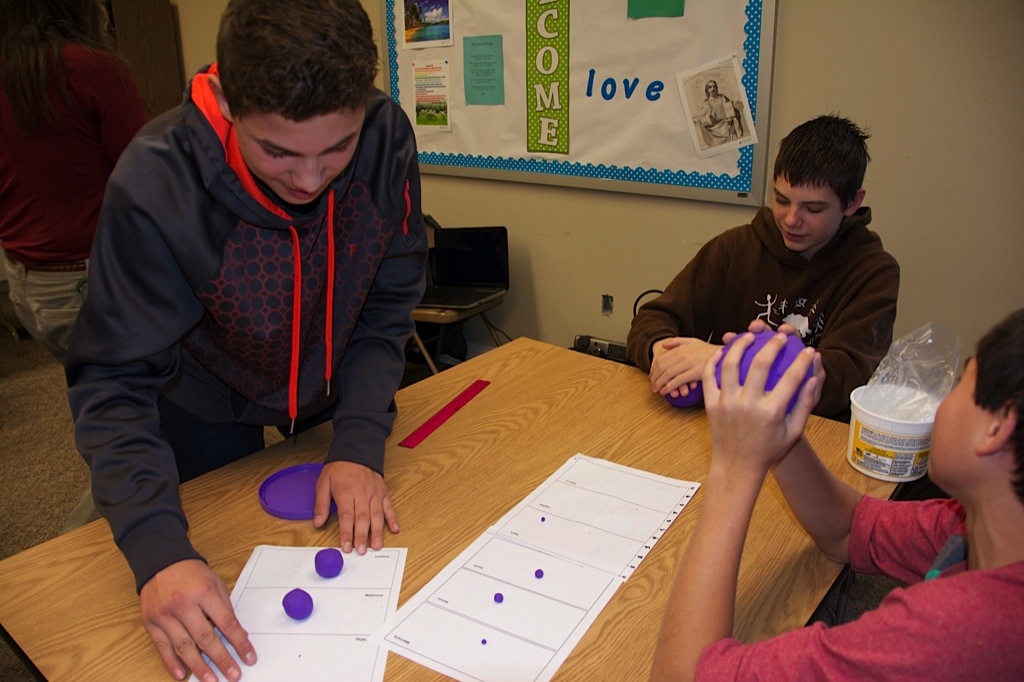
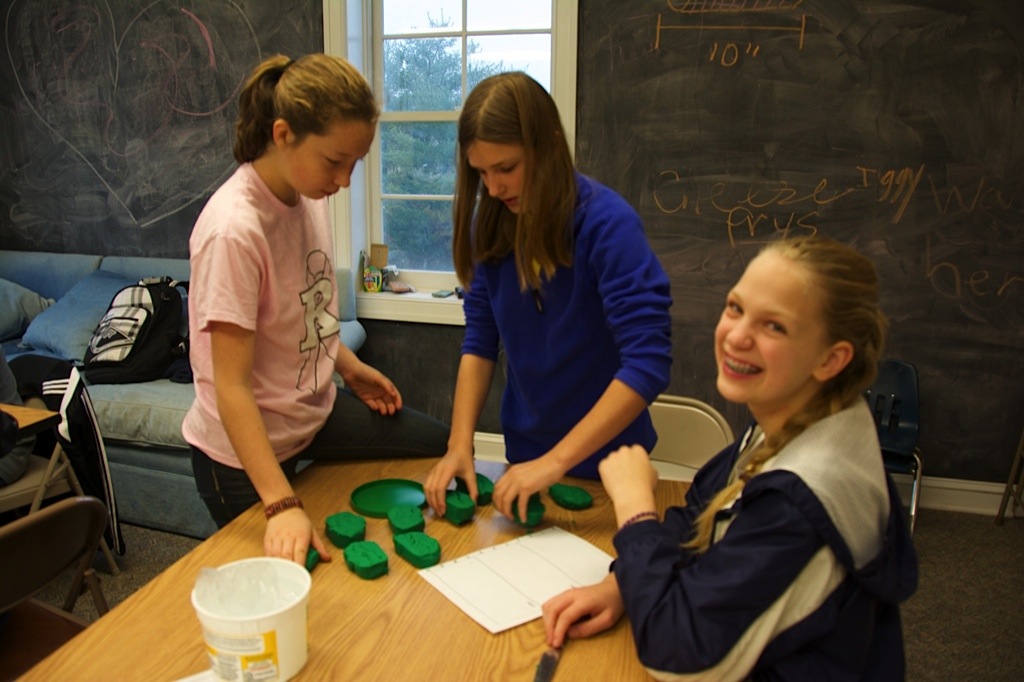
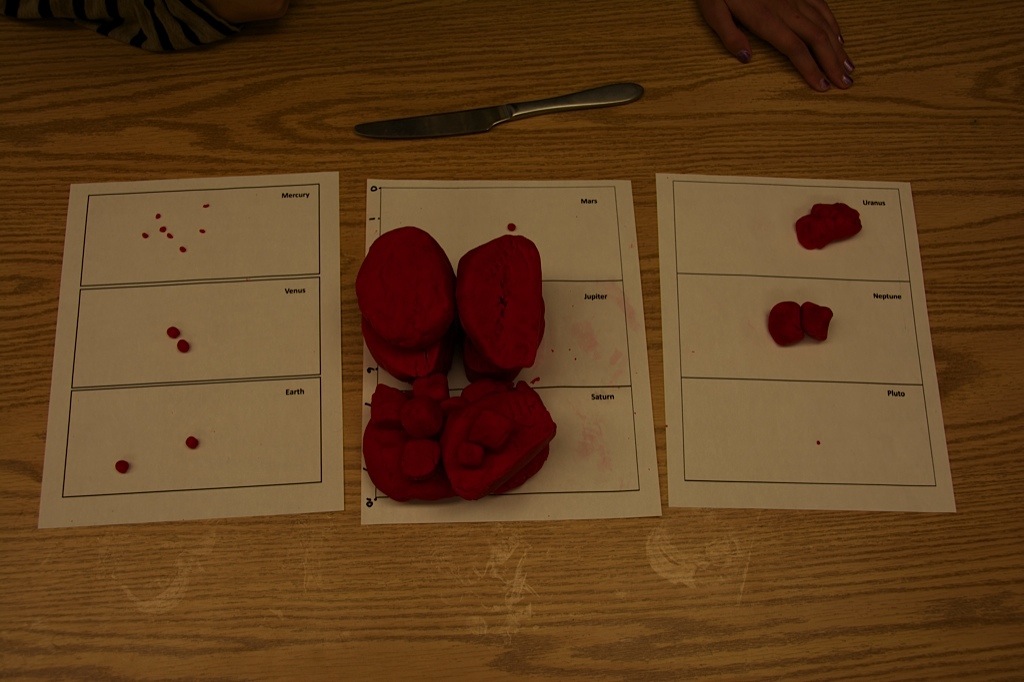
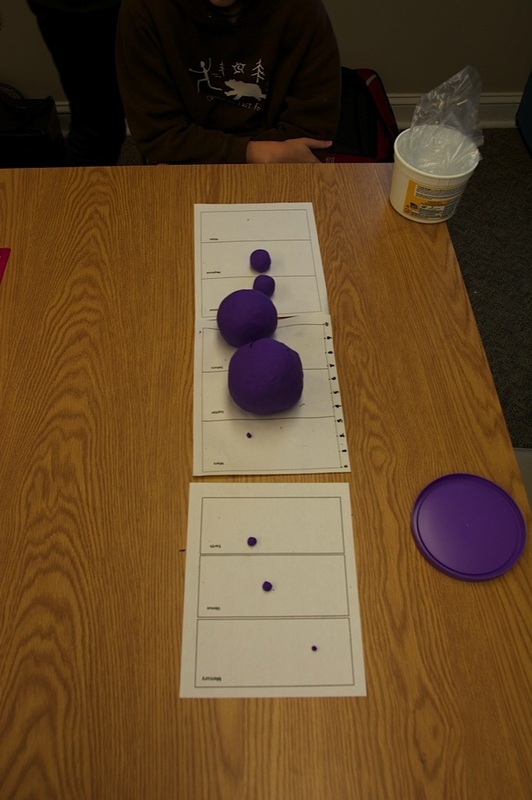
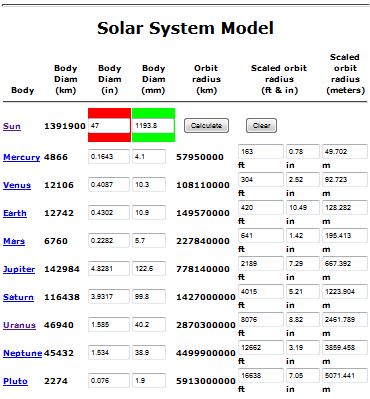

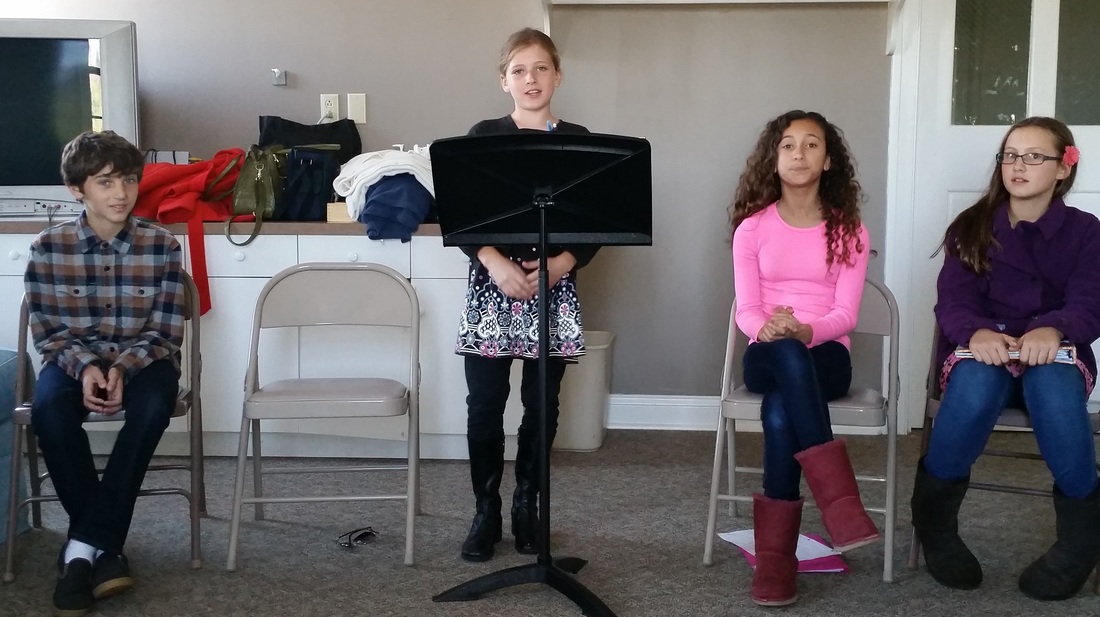
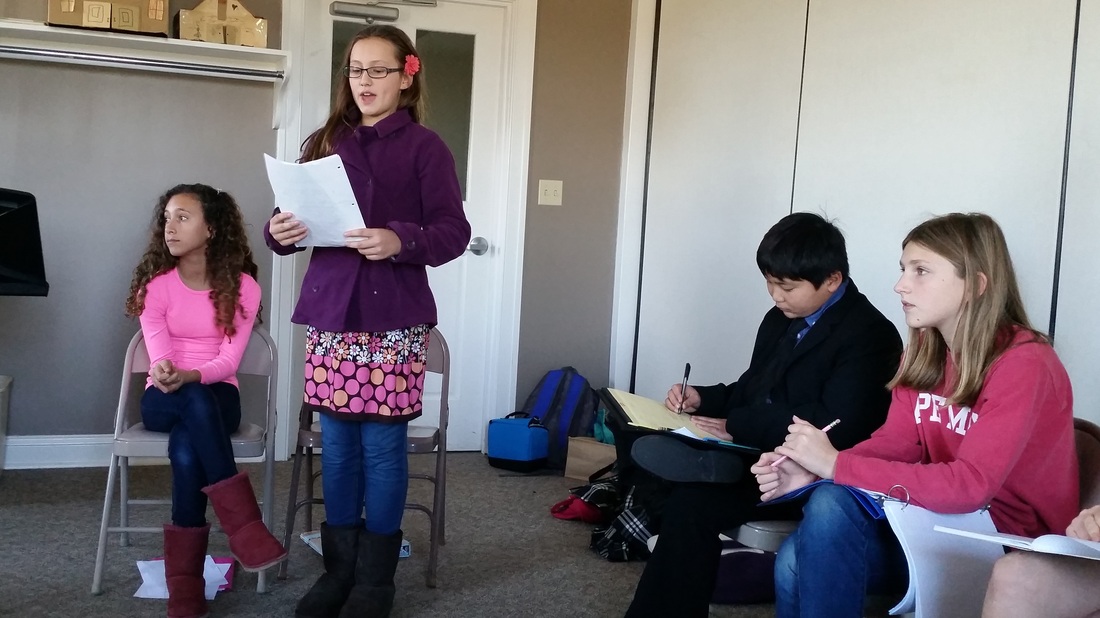
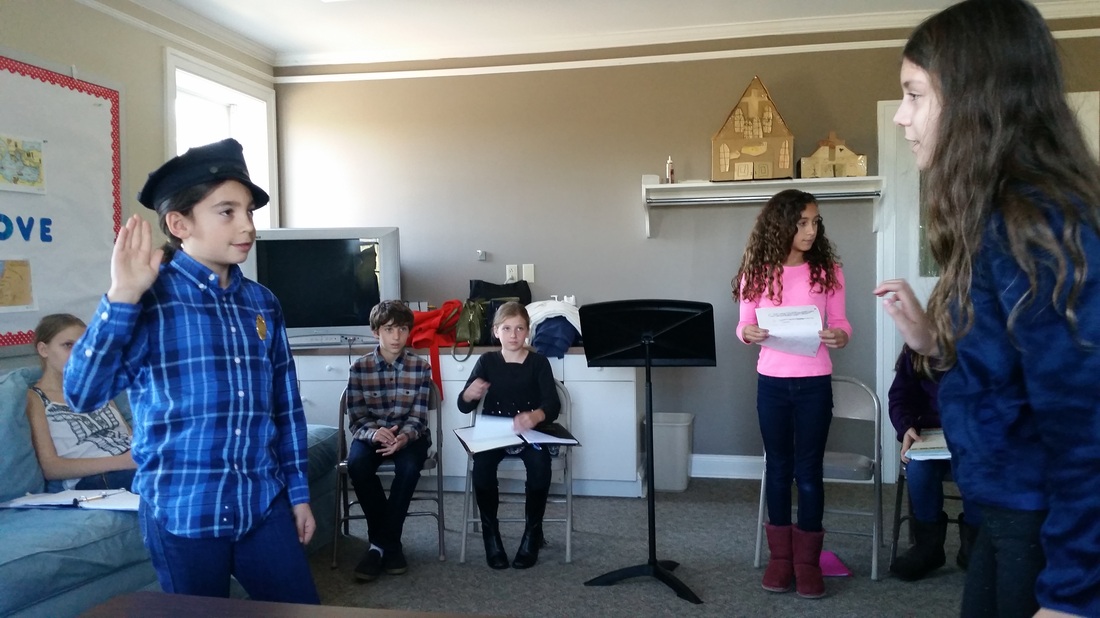
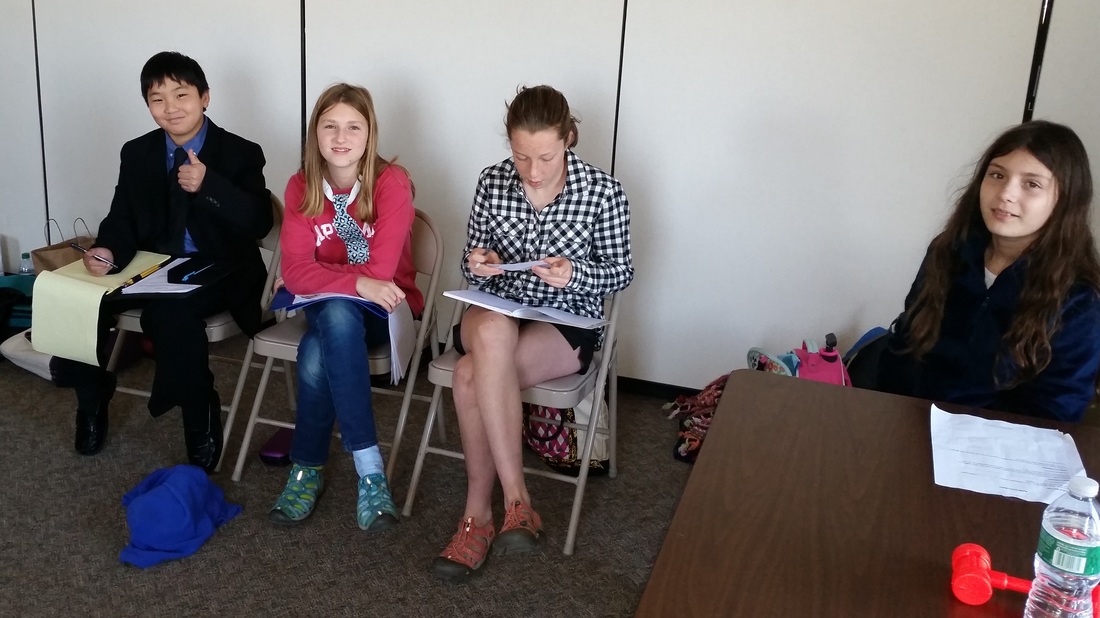
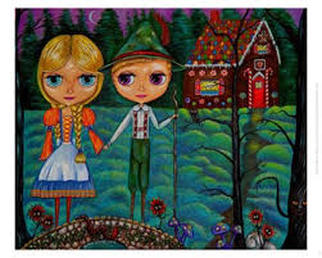
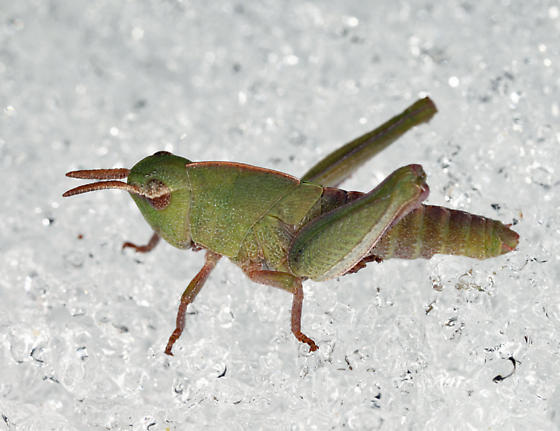
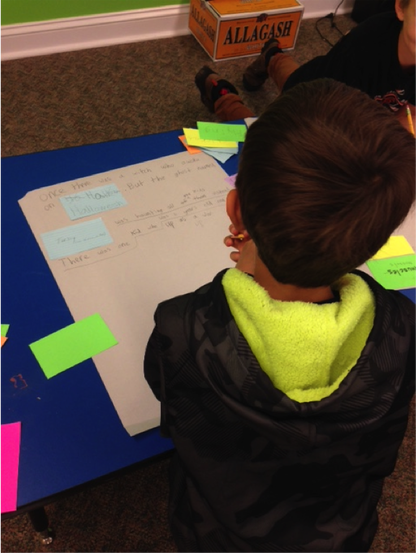
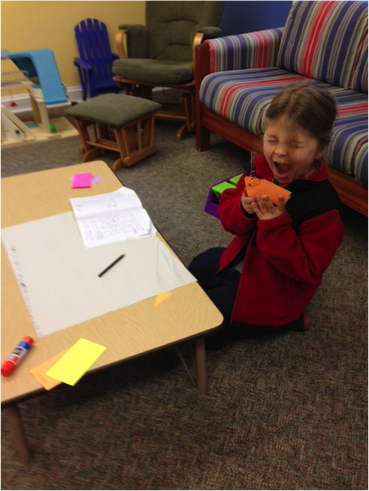
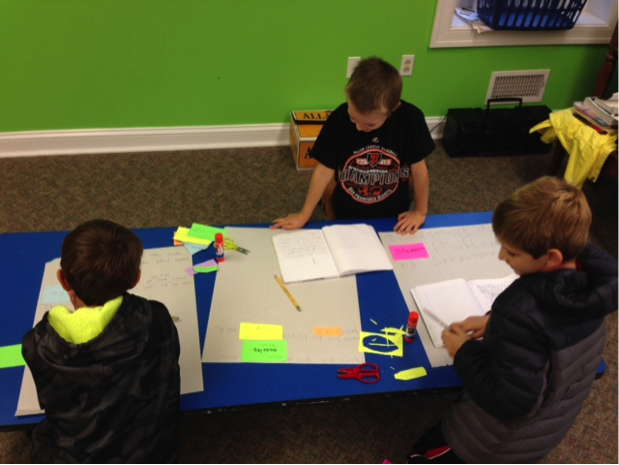
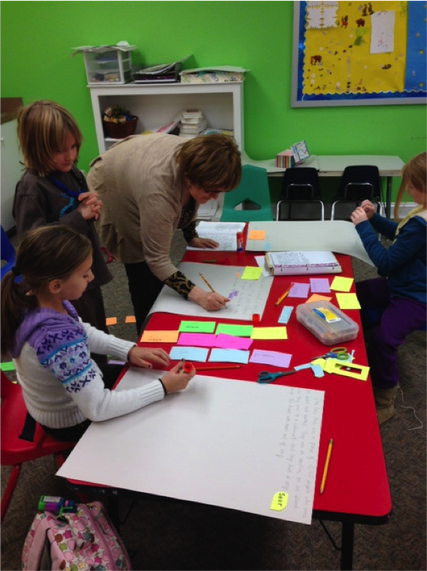
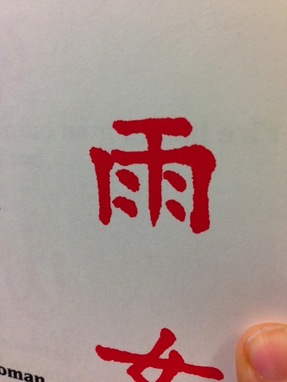
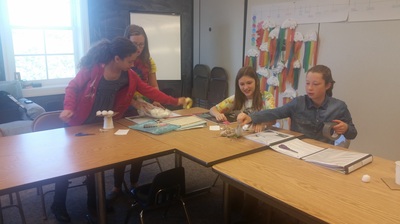
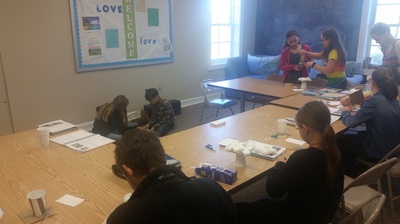
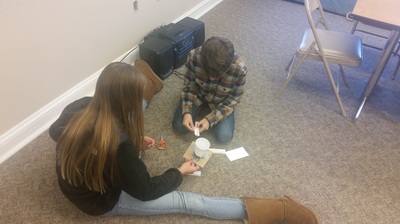
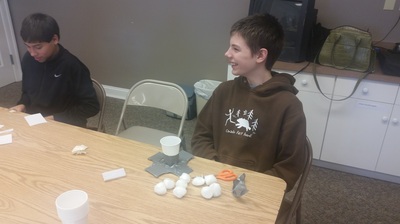
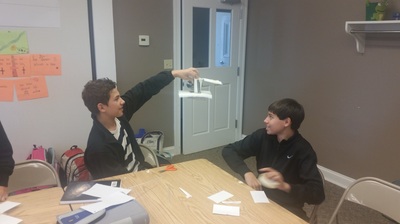
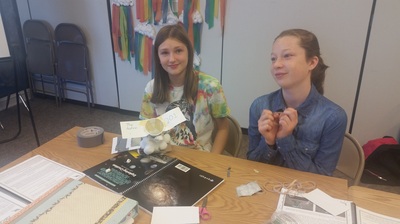
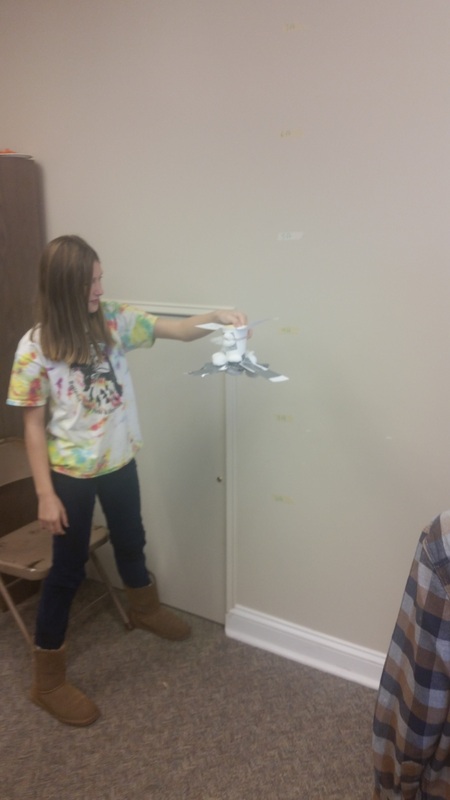
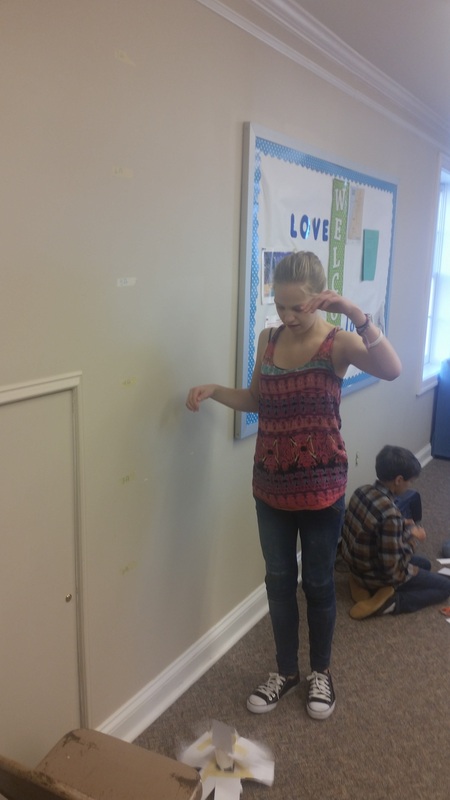
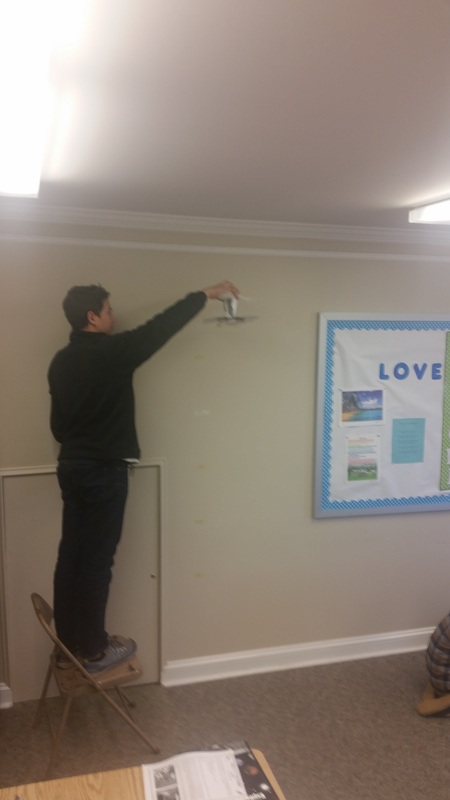
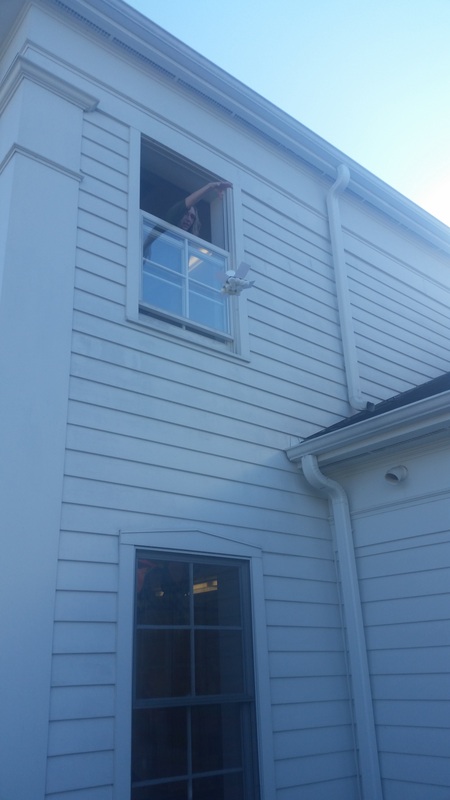
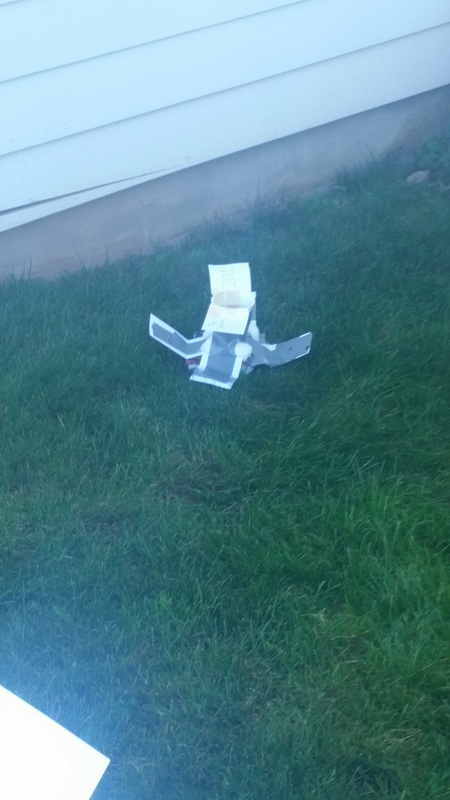
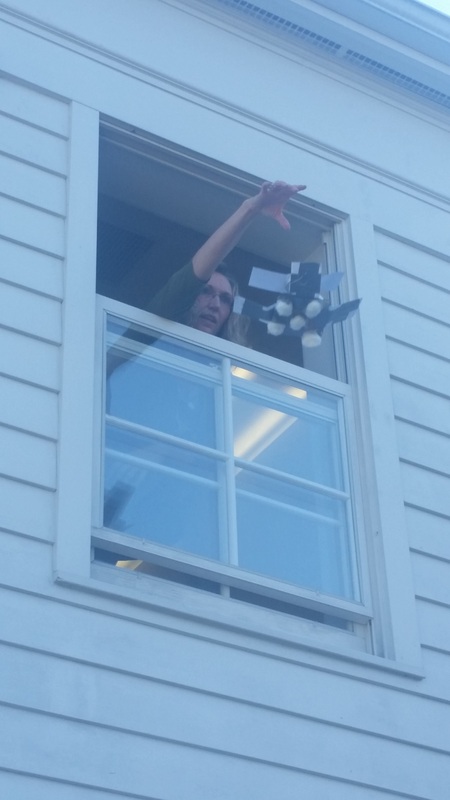
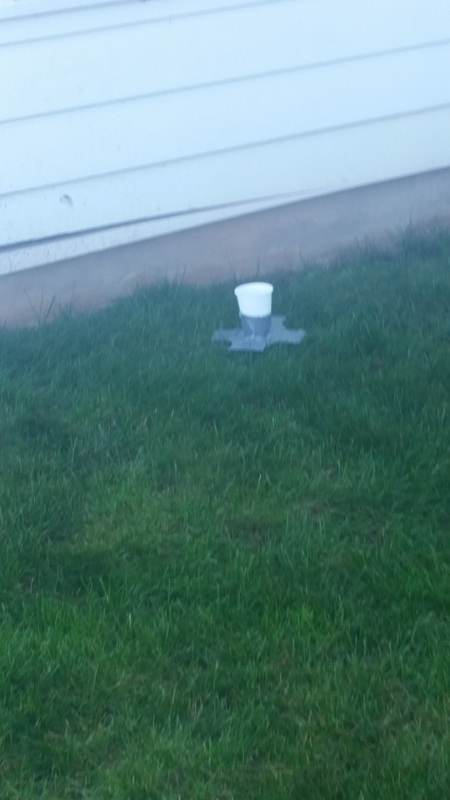
 RSS Feed
RSS Feed